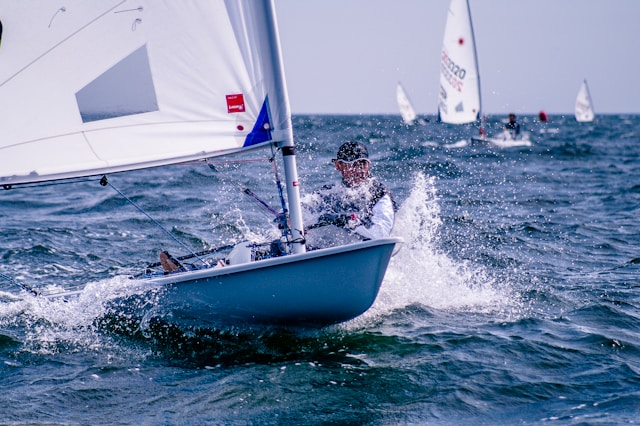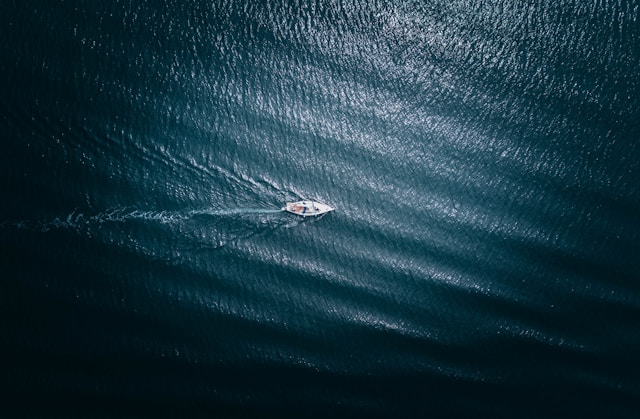Essential Sailing Tips for Beginners: Complete Guide
Quick Navigation
Basic Sailing Concepts
Parts of a Sailboat
- Hull - The main body of the boat
- Mast - Vertical pole that supports the sails
- Boom - Horizontal pole attached to the mast
- Rudder - Steering mechanism
- Keel - Underwater fin that provides stability
Understanding Wind Direction
- Close-hauled - Sailing almost into the wind
- Beam reach - Wind from the side
- Broad reach - Wind from behind at an angle
- Running - Wind directly behind
Safety Essentials
Essential Safety Equipment
Personal Safety Gear
- Life jackets (PFDs)
- Safety harnesses
- Appropriate clothing
- Non-slip footwear
Boat Safety Equipment
- First aid kit
- Flares and signals
- VHF radio
- Fire extinguishers
Weather Understanding
Reading Weather Patterns
Key Weather Indicators
- Cloud formations
- Wind patterns
- Barometric pressure
- Sea state
Weather Resources
- Marine weather forecasts
- Weather apps and websites
- Local weather services
- VHF weather broadcasts
Navigation Basics
Essential Sailing Knots
Basic Knots Every Sailor Should Know
Bowline
The "king of knots" - creates a secure loop that won't slip
Cleat Hitch
Essential for securing your boat to a dock
Maritime Communication
VHF Radio Usage
- Basic radio procedures
- Emergency channels
- Weather broadcasts
- Communication protocols
Hand Signals
Tacking & Jibing
Turning the boat through the wind
Points of Sail
Different angles to the wind
Essential Skills to Learn
Knot Tying
Learn essential knots like the bowline and cleat hitch
Navigation
Understand basic chart reading and compass use
Wind Awareness
Learn to read wind direction and strength
Safety Procedures
Know emergency protocols and safety equipment
Common Mistakes to Avoid
Not Checking Weather
Always check the forecast before setting sail
Overestimating Skills
Start with calm conditions and build experience
Poor Maintenance
Regularly check and maintain your equipment


